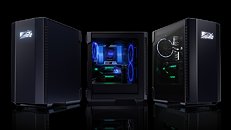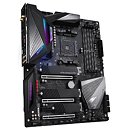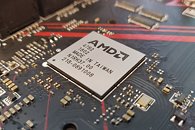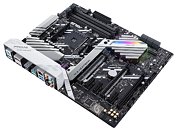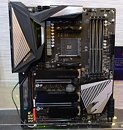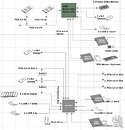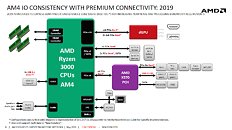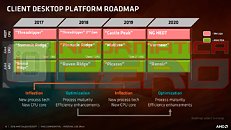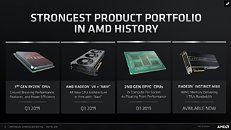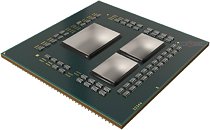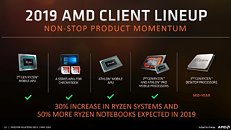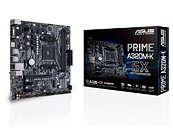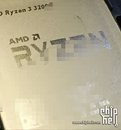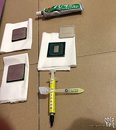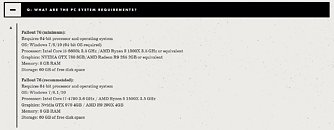
BIOSTAR Introduces RACING B450 GT3 Micro-ATX Motherboard
The RACING B450GT3 motherboard is built for gamers that require high-performance on a micro-ATX form factor. Fitted with the B450 chipset that supports AMD's Ryzen 3000 Series processors. The RACING B450GT3 motherboard is packed with loads of functions and features that are found in most high-end gaming AM4 motherboards and is designed with BIOSTAR's signature premium black Racing themed PCB style.
The RACING B450GT3 supports 4-DIMM DDR4-1866/2133/2400/2666/2933/3200 (OC) with up to 64G maximum capacity, 1x USB 3.2 Gen2 Type-C port (10 Gb/s), 1x USB 3.2 Gen2 Type-A port (10 Gb/s), 1x M.2 (32 Gb/s) and 6x SATA3 connectors. Gamers will also appreciate the Hi-Fi 7.1ch HD Audio for truly immersive sound quality that is enabled with the Realtek ALC1150 7.1-Channel Audio, Dual BIOS for auto-recovery, and Iron Slot Protection for a much more stable and durable port composition.
The RACING B450GT3 supports 4-DIMM DDR4-1866/2133/2400/2666/2933/3200 (OC) with up to 64G maximum capacity, 1x USB 3.2 Gen2 Type-C port (10 Gb/s), 1x USB 3.2 Gen2 Type-A port (10 Gb/s), 1x M.2 (32 Gb/s) and 6x SATA3 connectors. Gamers will also appreciate the Hi-Fi 7.1ch HD Audio for truly immersive sound quality that is enabled with the Realtek ALC1150 7.1-Channel Audio, Dual BIOS for auto-recovery, and Iron Slot Protection for a much more stable and durable port composition.










